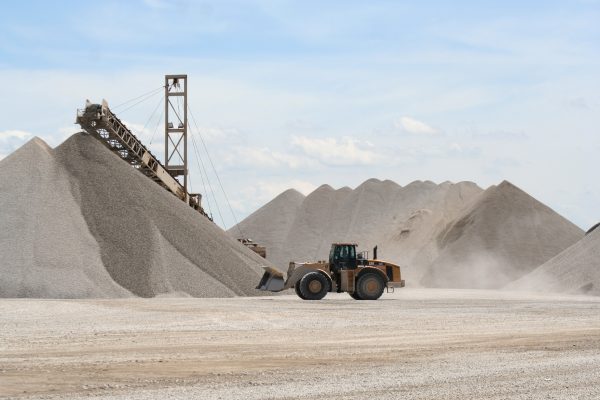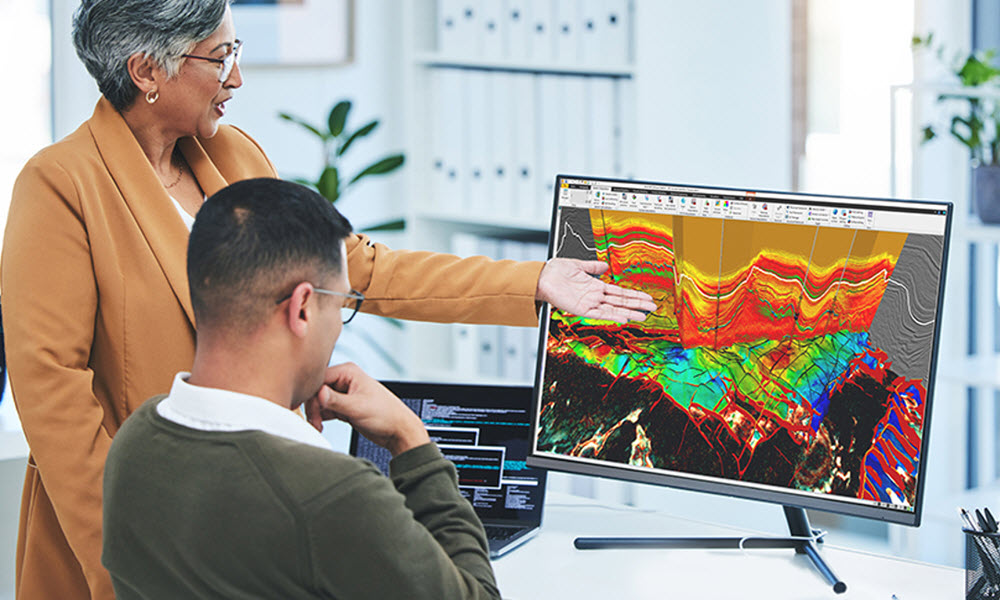Seismic inversion workflow is a cornerstone of modern geophysical exploration, particularly in the oil and gas industry. By transforming seismic reflection data into quantitative subsurface property models, it allows geoscientists to better understand the composition, structure, and fluid content of reservoirs. Despite its established role, the demand for more accurate, efficient, and insightful seismic inversion methods continues to grow, driven by the increasing complexity of reservoirs, environmental considerations, and the need for cost-effective exploration.
What is Seismic Inversion?
Seismic inversion converts seismic reflection data—recorded as variations in seismic wave amplitudes—into models of subsurface rock and fluid properties, such as acoustic impedance, shear impedance, porosity, and density. This process enables the interpretation of subsurface geology in terms of its physical properties rather than just its geometry.
Seismic inversion is typically categorized into:
- Post-stack inversion: Simplified methods applied after stacking seismic data.
- Pre-stack inversion: More advanced techniques that retain amplitude variation with offset (AVO) information.
- Geostatistical and stochastic inversion: These methods quantify uncertainties and provide multiple realizations of subsurface models.
Each approach has its merits, but all share limitations that necessitate ongoing development.
Why Are Further Developments Needed in Seismic Inversion?
Despite its widespread application, seismic inversion faces significant challenges, including non-uniqueness of solutions, sensitivity to data quality, and limitations in handling complex geological settings. These challenges are amplified by evolving industry demands and external pressures, necessitating advancements in inversion technology.
- Increasing Reservoir Complexity
As easily accessible hydrocarbon reserves become depleted, the industry is moving towards more complex and unconventional reservoirs, such as deepwater fields, shale formations, and fractured carbonates. These environments present unique challenges for seismic inversion:- Heterogeneous reservoirs: Traditional inversion techniques struggle to resolve small-scale variations in lithology and fluid content.
- Thin-bed reservoirs: Standard inversion methods often lack the resolution to distinguish between closely spaced layers.
Advances in high-resolution and multi-scale inversion techniques are critical to overcoming these limitations.

- Data Quality and Availability
The reliability of seismic inversion is directly tied to the quality of seismic data. Noise, poor signal-to-noise ratios, and incomplete data can degrade inversion results.- Modern inversion algorithms need to incorporate robust noise-handling capabilities.
- The integration of diverse datasets, such as well logs, electromagnetic surveys, and gravity data, can improve inversion accuracy but requires sophisticated data fusion techniques.
- Non-Uniqueness of Solutions
Seismic inversion is inherently non-unique, meaning that multiple subsurface models can fit the same seismic data. This ambiguity complicates decision-making in exploration and production.- Advanced machine learning (ML) and artificial intelligence (AI) approaches can help by identifying patterns in data and constraining solutions based on geological plausibility.
- Time and Cost Efficiency
Traditional seismic inversion workflows are computationally intensive and time-consuming. As the industry seeks to reduce costs, particularly during exploration, faster inversion methods are required. Real-time inversion capabilities, for instance, would enable dynamic decision-making during drilling operations. - Environmental and Sustainability Goals
With the increasing focus on reducing environmental impact, seismic inversion must adapt to support sustainable exploration practices:- Enhanced imaging techniques can minimize unnecessary drilling and associated environmental disturbances.
- Improved time-lapse (4D) seismic inversion can monitor reservoir changes, aiding in the efficient recovery of hydrocarbons while mitigating risks such as subsidence.
The Path Forward: Key Areas for Development
- AI and Machine Learning Integration
ML algorithms are poised to revolutionize seismic inversion by automating processes, reducing non-uniqueness, and extracting more nuanced insights from data. Neural networks can learn complex relationships between seismic attributes and subsurface properties, enhancing inversion accuracy. - Hybrid Inversion Techniques
Combining deterministic and stochastic methods offers a promising avenue for capturing both the precision of physics-based models and the probabilistic nature of subsurface uncertainty. - Improved Computational Efficiency
Leveraging high-performance computing (HPC) and cloud-based solutions can significantly reduce processing times. Parallel processing and optimized algorithms are key to achieving real-time inversion. - Integration of Multiphysics Data
Future inversion workflows must seamlessly integrate seismic data with complementary datasets, such as electromagnetic (EM) and gravity data, for a more holistic view of the subsurface. - High-Resolution and Multi-Scale Approaches
Advanced techniques like full-waveform inversion (FWI) can capture fine-scale details of the subsurface. These methods, though computationally demanding, offer unparalleled resolution and accuracy.
Seismic inversion has long been a vital tool in the oil and gas industry, but the challenges of modern exploration demand continued innovation. As reservoirs grow more complex and sustainability becomes a priority, advancements in AI, computational methods, and data integration will drive the next generation of inversion technologies. These developments will not only enhance exploration efficiency but also reduce environmental impact, ensuring that seismic inversion remains at the forefront of geophysical exploration for years to come.

